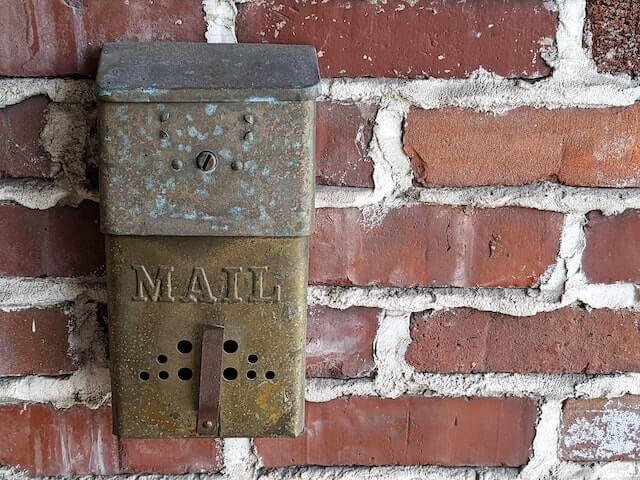Life is moving online—so why are so many of us going offline? The Revenge of Analog explains why.
If you’re a literary junkie, you know there’s been a quiet civil war raging among the community of book-lovers. At the core of this conflict is a sacred question—would you ever peruse a book using an e-reader? Is a book really a book if it isn’t on paper? On one side are those who appreciate the practicality of their Kindles and Kobos. No wonder why. They make books more affordable, take up less space than shelves, and are easier to travel with.
And the other side of the divide? To them, it isn’t a practical argument. To them, the sanctity of the paper book is spiritual.
Consider comments in this Reddit thread explaining why users prefer paper books:
“I love the feeling of a good book in my hands.”
“There is nothing more satisfying than opening a new book and getting the honour of breaking the spine.”
“Seeing withered spines and taped covers makes me smile, and I like to think the reader is reliving so many memories just from that one book.”
Note the commonalities. “Feeling,” “opening,” “breaking the spine”—these describe the physicality of the book. They say: Nothing compares to the experience of touch. Touch is connected to memory, and especially to good memories. Touch becomes the doorway to the soul.
The sanctity of touch is the theme of David Sax’s 2016 bestseller, The Revenge of Analog: Real Things and Why They Matter. The book explores a contradiction in the digital revolution. At a time when most of life is moving online, more and more consumers are showing a clear preference for analog—or physical—alternatives. Essentially, things they can hold in their hands—and how feeling things makes them better. Where a Google calendar offers efficiency, a paper calendar offers beauty. Where a Facetime call provides convenience, a conversation over coffee creates intimacy. Where digital can feel distant, the physical feels closer—even in the case of a handwritten letter, where the sender can live far away.
Sax chronicles the analog revolution through anecdotes that would make Malcolm Gladwell smile. He opens with the unexpected resurgence of vinyl records. Sales reached half a billion dollars in 2015—the highest level since the late 1980s. Vinyl is an experience of music that feels “heartfelt, raw, and organic,” says Sax. “You watch the record spin, and it’s like you’re sitting around a campfire,” one musician tells him. “It’s hypnotic.” And hypnotism remains a face-to-face art.
Do you think this anti-digital vengeance comes from older demographics pining for simpler times… a Bingo club of “You kids, get off my lawn” consumers? You’d be wrong. Those now dipping their toes in analog grew up bathing in digital products: Millennials and other young consumers. They are driving the success of analog alternatives like old-school Polaroid cameras with built-in printers.
Our favourite part of the analog trend is what it reveals about our enduring love of good old-fashioned paper. For instance, beyond books, Sax raises the hopeful future of magazines:
“The newer magazines that are succeeding today, publications like Kinfolk and Monocle magazines, they’re saying, ‘Okay, we might have a few ads in here, but we’re really not dependent on ads in the way that time and Newsweek and Vanity Fair is. We depend on your subscription dollars. If you like it, you pay for the subscription, you pay for each issue, and it’s going to cost you more than those Sports Illustrated things, and we’re not sending you a football phone. You’re going to pay for this, but you’re going to get something that’s a high quality and that you’ll like and it won’t feel as disposable’. And if enough people think that, then, that’s a business.
In our industry, we at Postalgia see the paper preference at play with the power of direct mail. From the huge plurality of consumers who look forward to checking the mail to the ways direct mail gets better response rates than comparable digital marketing, we see paper’s incomparable capacity to create an emotional connection between you and your stakeholders. Forging a connection in a way that digital marketing hasn’t yet matched.
This is why the paper preference is so powerful. Paper creates relationships. We’ve seen that during the COVID-19 pandemic, with the enormous proliferation of pen pal groups and letter-writing among family members as an antidote to social isolation—and in contrast, how draining the endless Zoom meetings can be.
Nowadays we hear a lot about disruption—and that the only way to be disruptive is digital. Today, the opposite is true. The revolution of analog products is on. This revolution won’t be televised—it will be handwritten on paper you can hold in your hands.




